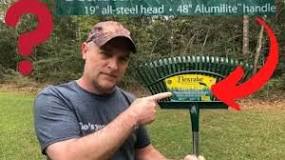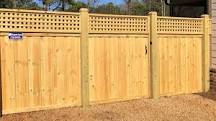So, does frequent mowing actually thicken grass? Yes, it can! Regular mowing encourages grass to grow denser and healthier. When you cut the grass, it stimulates new growth, leading to a thicker lawn over time. But let’s dive into how this works and what you should keep in mind.
The Science Behind Mowing
When you mow your lawn, you’re not just giving it a fresh look. You’re also promoting a process called tillering. This is where the grass plants produce new shoots from the base. Here’s how frequent mowing helps:
Encourages New Growth
- Stimulates Growth Hormones: Cutting the grass triggers growth hormones that encourage the plant to produce more shoots.
- Prevents Flowering: If you let your grass grow too long, it may start to flower and go to seed, which can weaken the plant. Regular mowing keeps it in a vegetative state.
Improves Air and Light Penetration
- Better Light Access: Shorter grass allows sunlight to reach lower leaves, which helps them photosynthesize better.
- Increased Airflow: A well-mowed lawn has better airflow, reducing the chances of disease.
Reduces Weeds
- Competitive Edge: A thick lawn can outcompete weeds for resources like water and nutrients, making it harder for them to take root.
Best Practices for Mowing
Now that we know frequent mowing can thicken grass, it’s important to do it right. Here are some tips:
Mow at the Right Height
- Know Your Grass Type: Different grasses have different ideal heights. For instance, cool-season grasses like Kentucky bluegrass thrive when kept between 2.5 to 4 inches tall.
Keep Your Blades Sharp
- Clean Cuts Matter: Dull blades tear the grass rather than cut it cleanly, which can lead to stress and disease.
Don’t Cut Too Short
- Avoid Scalping: Cutting too short can stress the grass and make it more vulnerable to pests and diseases.
Summary
Frequent mowing is definitely a key player in thickening your grass. It promotes new growth, improves light and air penetration, and helps keep those pesky weeds at bay. Just remember to mow smart—know your grass type, keep those blades sharp, and avoid cutting too short.
FAQ
How often should I mow my lawn?
It really depends on how fast your grass is growing. Generally, every 1-2 weeks during peak growing seasons is a good rule of thumb. Just keep an eye on it!
Will mowing too often damage my lawn?
If you’re mowing at the right height and keeping your blades sharp, frequent mowing shouldn’t harm your lawn. Just watch out for scalping!
Can I mow when my grass is wet?
It’s best to avoid mowing wet grass if you can. Wet conditions can lead to uneven cuts and clumping, plus it might mess up your mower.
What should I do if my lawn is thin?
If your lawn is looking sparse, consider overseeding in the fall or spring along with regular mowing. This will help fill in those bare spots over time.







